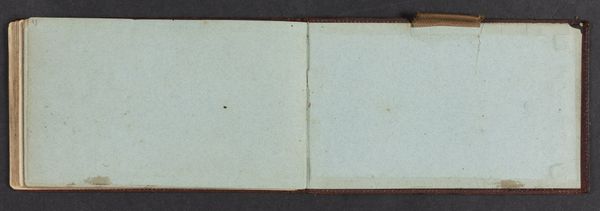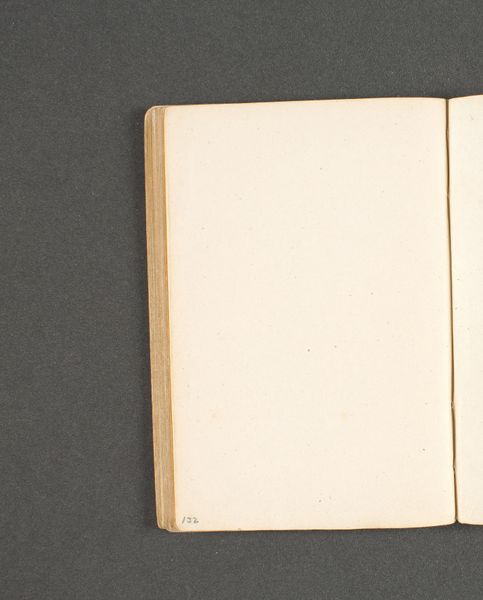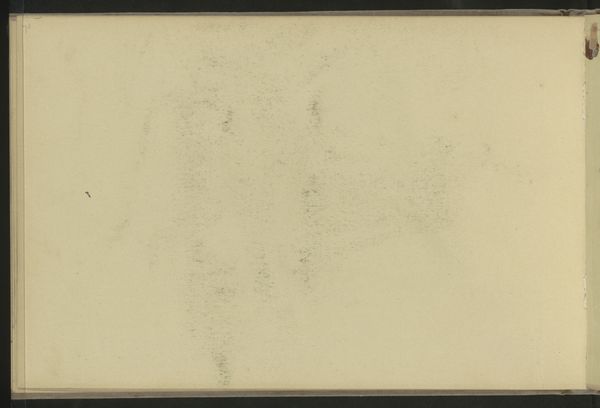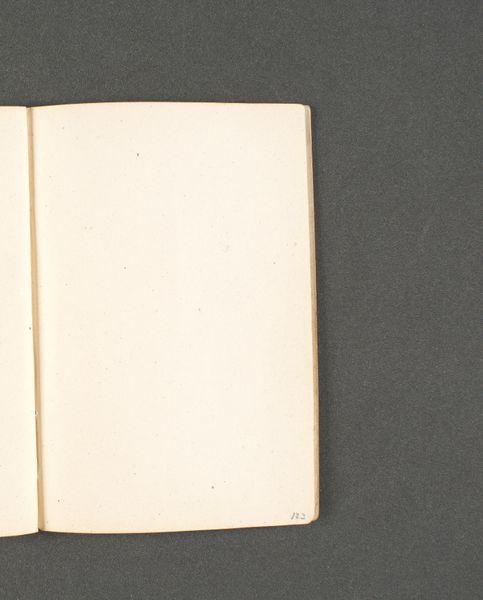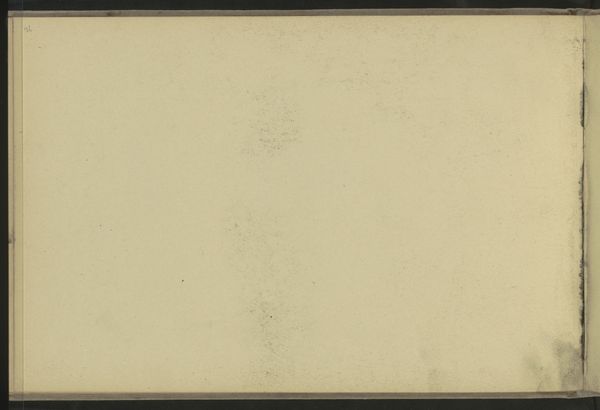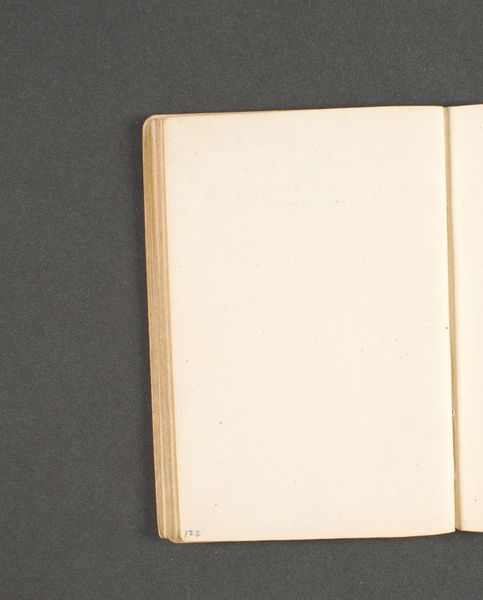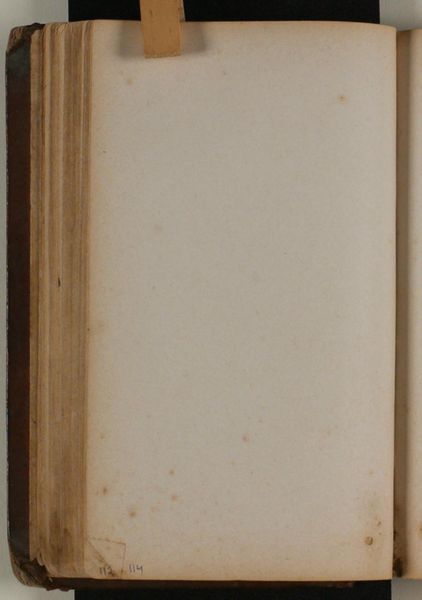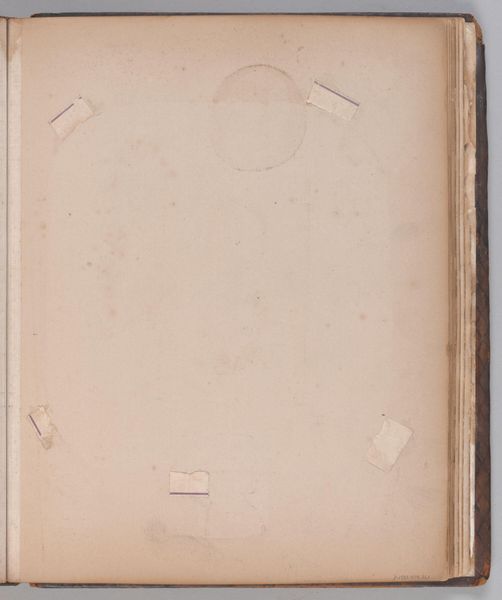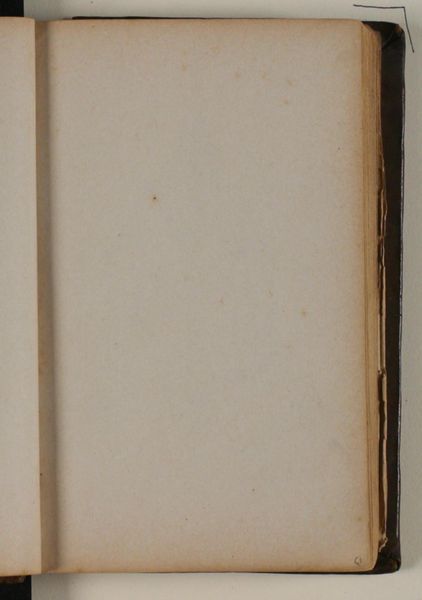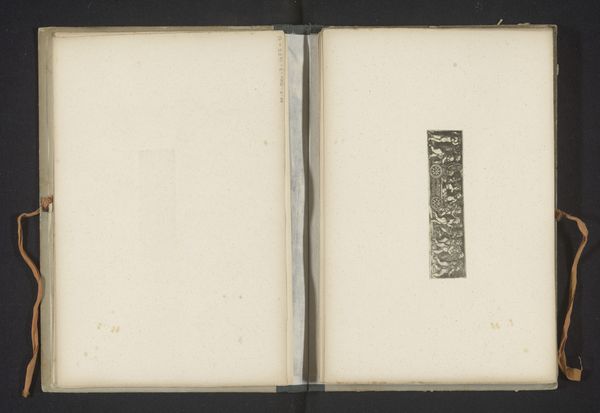
Fotoreproductie van een portret van Henri d'Artois, graaf van Chambord c. 1851 - 1900
0:00
0:00
print, photography, albumen-print
#
portrait
# print
#
photography
#
albumen-print
#
realism
Dimensions: height 25 mm, width 17 mm
Copyright: Rijks Museum: Open Domain
This small photograph of Henri d'Artois, Count of Chambord, is an intriguing object, made using early photographic techniques that speak volumes about 19th-century society. Likely produced using the albumen print process, it involves coating paper with egg white and silver nitrate, creating a surface receptive to light. The photograph's sepia tones result from the chemical development, reflecting the era's aesthetic preferences and available technology. Its diminutive size speaks to the rise of portraiture as a democratic phenomenon; mass production allowed for widespread dissemination, shifting photography from a craft to an industrialized process. The portrait is framed in a wooden or card border, and the mount is held together by a brass clasp. Note the marks and imperfections on the surface. These details, combined with the inherent qualities of the albumen print – its smoothness and tonal range – invite us to consider the social and cultural significance of photography at the time. This was a medium finding its feet, balancing artistic expression with the demands of mass production and consumption.
Comments
No comments
Be the first to comment and join the conversation on the ultimate creative platform.
